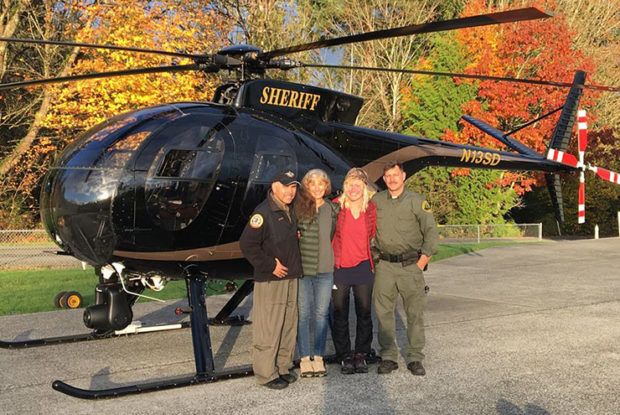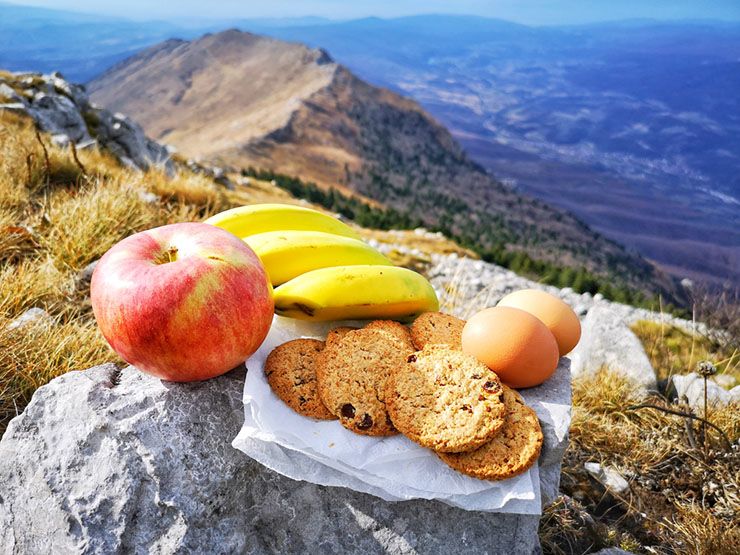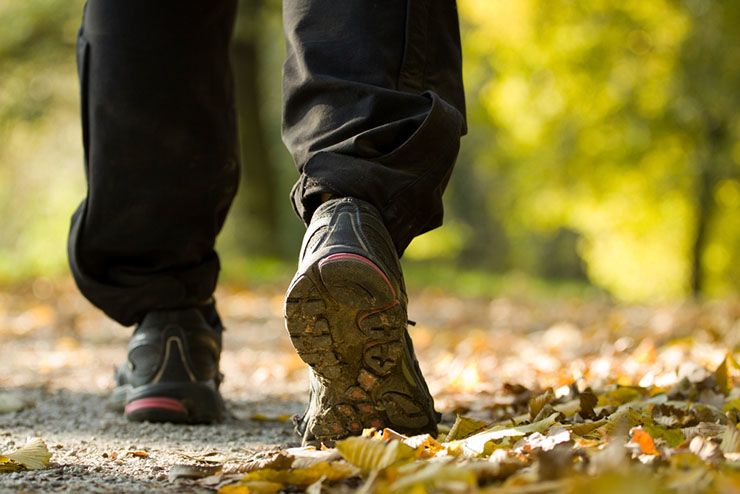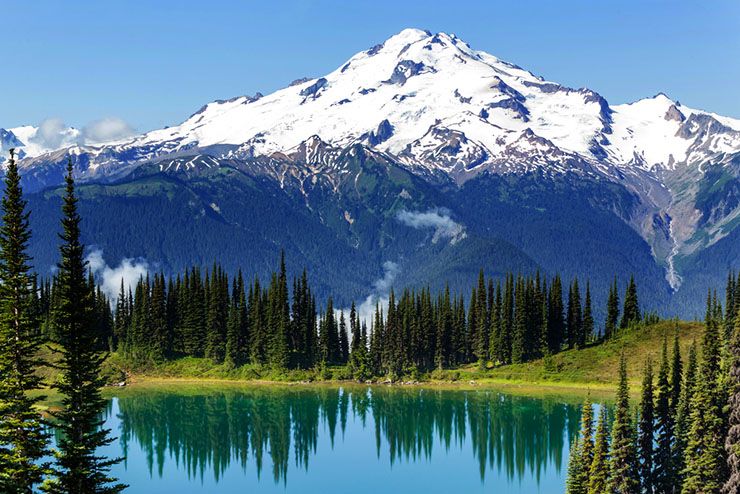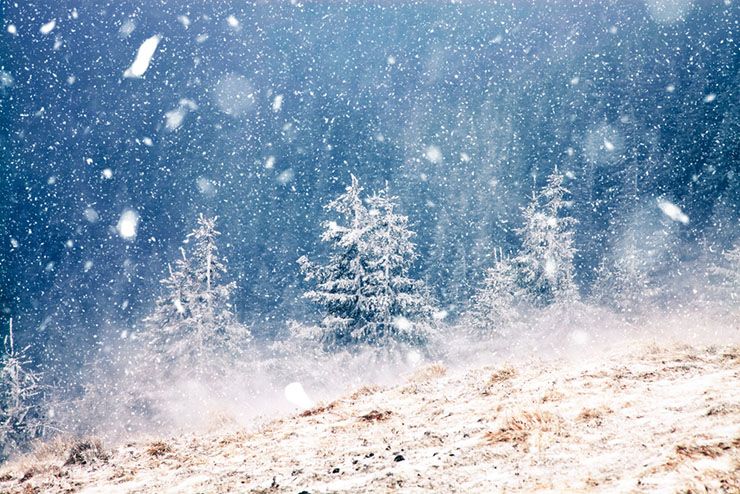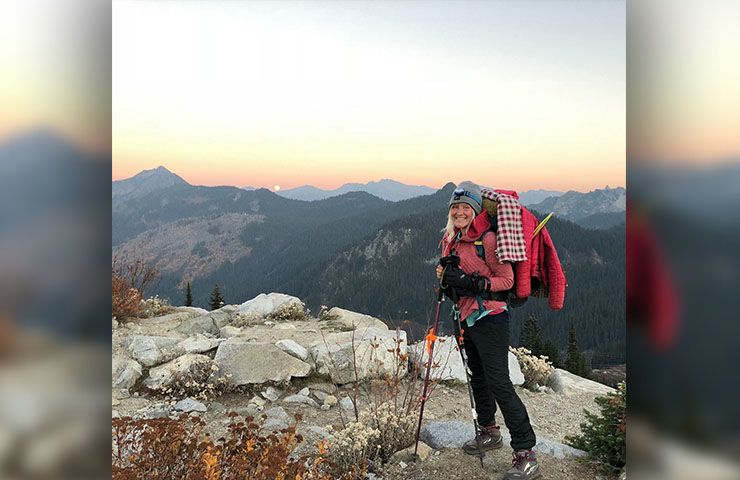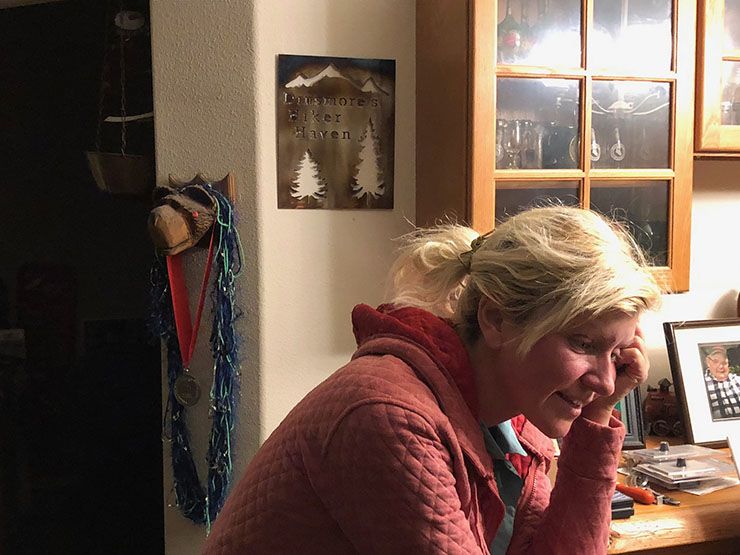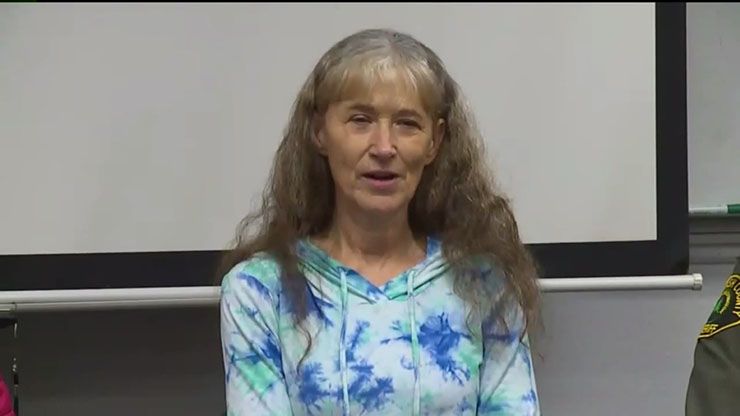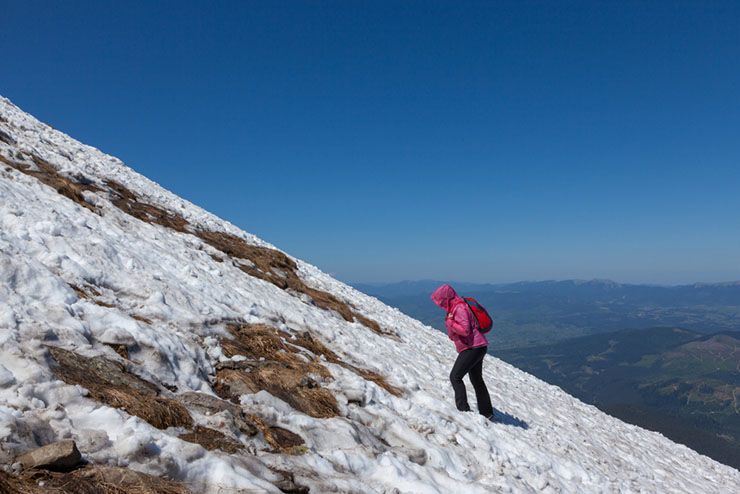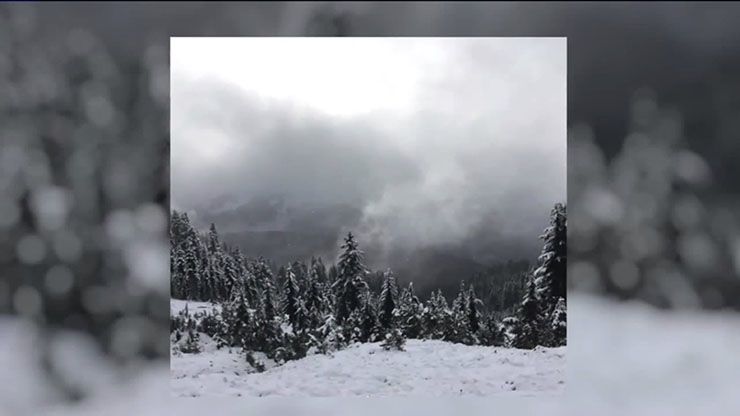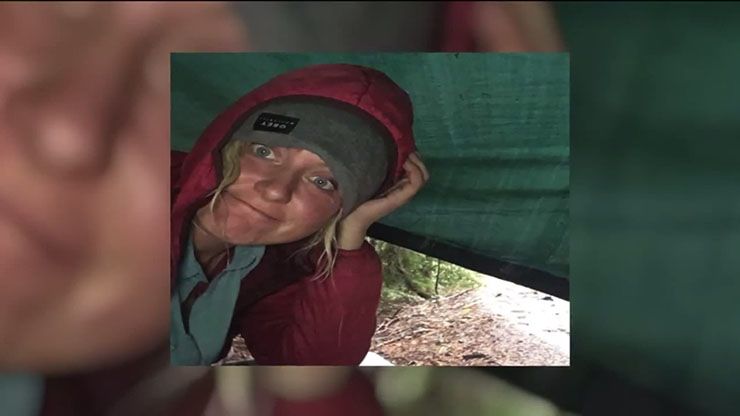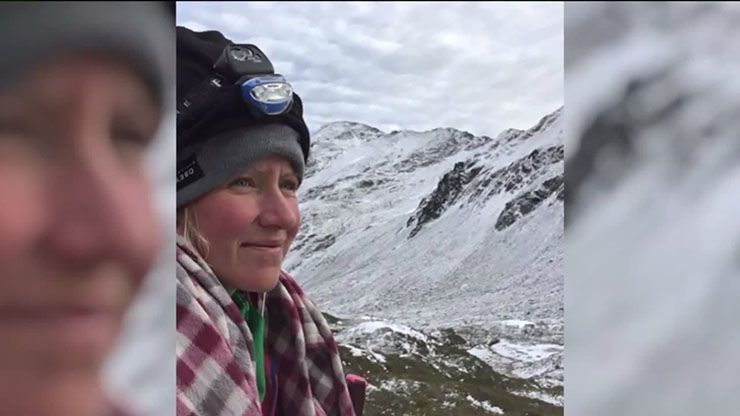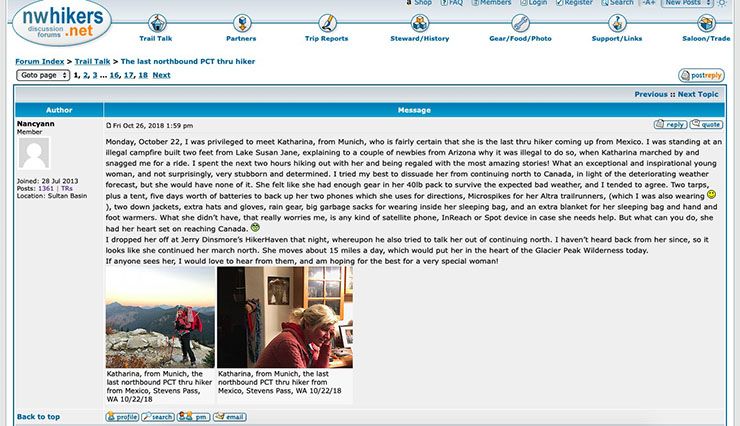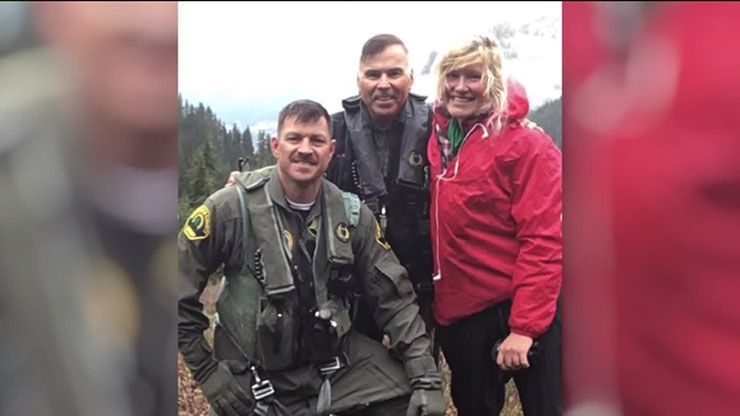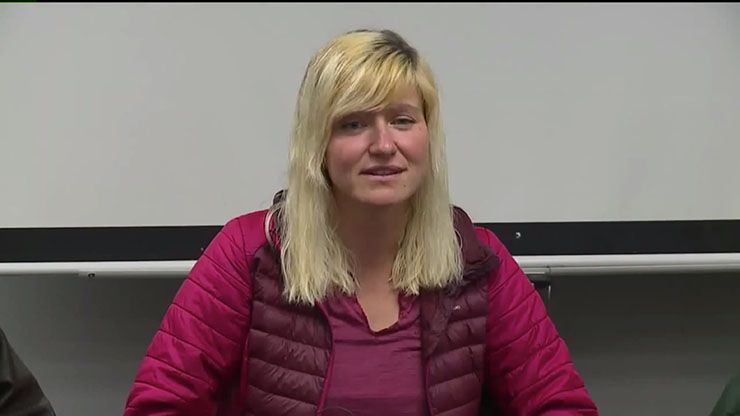Being out on your own in a natural environment untouched by humans is one of the most peaceful, reinvigorating experiences you can engage in. However, if you’re not careful, it can also be one of the most terrifying and dangerous things you can do.
Recently, a young German hiker learned this fact the hard way after traveling to the United States and taking on a dangerous portion of the Pacific Crest Trail on her own without the proper provisions. Thankfully, however, a stranger’s gut feeling prevented the worst from happening.
A Hiking Trip
In May of 2018, 34-year-old Katharina Groene traveled from her home in Germany to the west coast of the United States. During her trip, Groene planned to hike the entirety of the Pacific Crest Trail, which is a long-distance hiking and equestrian trail.
The Pacific Crest Trail
The Pacific Crest Trail is 2,653 miles long and runs through California, Oregon, and Washington. The trail’s southern endpoint is on the border of the United States and Mexico and the northern endpoint is on the border of Washington State and British Columbia, Canada.
Wild Inspiration
Groene had been inspired to do the solo hike after watching the 2014 film ‘Wild,’ which was based off the best-selling novel by Cheryl Strayed about her life-changing experience hiking the Pacific Crest Trail on her own. According to Groene, she also had a few other reasons for the extreme trip.
A Physical And Emotional Trip
Groene had wanted to lose weight and feel stronger. She also hoped that the hike would help restore her faith in humanity. And when she set off in May at the southern end of the trail, she was determined to push herself to the limits and complete the hike.
An Average Pace
Elite athletes can complete the entire trail from start to finish in around two months. Most hikers, however, take about five months to finish the trail. Groene had been hiking the trail at an average pace, however, she lost out on crucial time when she had to take a break from the trail for three weeks.
A Three-Week Break
Groene hadn’t wanted to stop, but she had no choice as she had to leave the country and renew her visa so that she could get more time to continue on with the hike. While three weeks doesn’t seem like a long time, it set Groene behind schedule, which meant she was heading further north later in the season than she should have liked.
The Glacier Peak Wilderness
Most hikers try to finish the trail by September as the final stretch of the trail runs through the Glacier Peak Wilderness in the Cascade Range. This part of the hike is one of the hardest sections of the entire trail and is particularly challenging as the trail is winding and steep.
Inexperienced Judgement
Normally, this final stretch of the trail is incredibly challenging and can be dangerous. And it only gets worse when the trail is covered in snow, which is why most experienced hikers try to finish before the snowstorms begin in October. Since Groene wasn’t an experienced hiker, she didn’t realize the danger she was in.
A Chance Encounter
Groene had set her mind on finishing the trail and figured that if it did snow, it would only slow her down slightly. So when Nancy Abell, a local, experienced hiker spotted Groene heading north on her own on October 22, she couldn’t help but wonder if the 34-year-old knew what she was doing and had the gear she would need to survive the extreme weather.
Helping Out A Stranger
Abell had been heading home from a day hike east of Stevens Pass when she came across Groene. She offered Groene a ride to Stevens Pass and got to know her during the drive. “I have a daughter her age, who by the way lives in Germany. And my daughter has a similar spirit of adventure,” Abell told Fox2 Now.
A Bad Feeling
After hearing Groene explain that she was heading north to finish the trail, Abell tried to talk her out of it as she knew a snow storm was about to hit and Groene didn’t have the supplies she would need. Abell even joined her for two hours on the trail to try and convince Groene not to keep going. “I was trying to talk her out of it. I really felt she wasn’t going to have a good time,” Abell told Seattle PI.
First-Hand Experience
“I knew she didn’t have snowshoes. And I knew she’d be up there by herself,” the experienced hiker said at a press conference. “I’d been through a storm up in the same area and we couldn’t go anywhere for three days,” Abell said. “It was just terrifying. And I was there with a friend and a dog, and it was still terrifying.”
Ignoring The Warning
“I just kept thinking of her being up there alone,” Abell said at the press conference. Despite her best efforts to dissuade Groene, the 34-year-old refused to stop. She had just 200 miles left in the hike and didn’t want to give up. After assuring Abell she had enough supplies and would be fine, she continued north while Abell turned back to head home.
The Snowstorm
Once back at her home in Sultan, Washington Abell kept a close eye on the weather reports and tracked the snowstorm, which was predicted to bring two to three feet of snow. Just a few days later, the snow came just as Abell and the weather reports had warned. Over the following few days, Abell couldn’t help but feel worried about Groene.
Unprepared For The Conditions
Abell’s intuition was right. Groene hadn’t been prepared for the snow and her pace slowed to just seven miles per day. Groene was dehydrated and started showing signs of hypothermia. She was running out of food and had lost two out of her three pairs of gloves. According to Groene, she also thought she was developing frostbite as she found purple spots on her feet.
From Bad To Worse
Unfortunately, things only kept getting worse. Groene lost one of her two tarps that she had been using to stay warm and her sleeping bag was wet and freezing.”I wasn’t sure if I’d make it out at all,” said Groene. “I never ran so fast through snow. That was the moment I realized something was wrong.”
Saying Her Goodbyes
Groene had tried calling for help but her phone had no service and no one was in earshot to hear her screams for help. The 34-year-old was living off one Pop-Tart a day at that point and she didn’t think she’d survive much longer if she wasn’t rescued. Realizing her fate, Groene took her phone out and started recording messages for her family and friends. In them, she apologized for dying.
Worried Sick
Meanwhile, Abell was at home and couldn’t stop thinking about Groene. On October 26, she reached out on a local hiking forum asking people if anyone had seen a blonde German woman hiking alone. One person claimed to have seen her on two days before but no one had seen her since. On the night of the 28th, Abell couldn’t sleep because she was so worried about Groene.
The Rescue
The next morning, a week after meeting Groene, Abell called 911 and told authorities that she was afraid Groene was in danger. “[Abell] had a pretty good idea in her mind of where [Groene] would be based on weather and the amount of weight she was carrying,” Sgt. John Adams said during the press conference. “She told us she would probably be north of Mica Lake but south of the Suiattle River, which ended up being right on.” After setting out to the area in a helicopter, rescue workers found Groene’s tracks in the snow and followed them until they found her in a small clearing. When they managed to land and rescued Groene, she was crying, dazed, and suffering from hypothermia.
A Life-Changing Experience
Groene knew before anyone even told her that Abell had saved her life. “I knew who called. But who does call for a stranger? Like no people call for strangers,” said Groene, who knows how lucky she is to be alive with only minor side effects from being exposed to the cold. Groene also knows that she and Abell will be lifelong friends. And despite the traumatic ending to her trip, Groene is grateful for the incredible experience. “It’s the most beautiful area I’ve ever seen,” Groene said. “My faith in humanity is definitely restored, so box checked.”
